

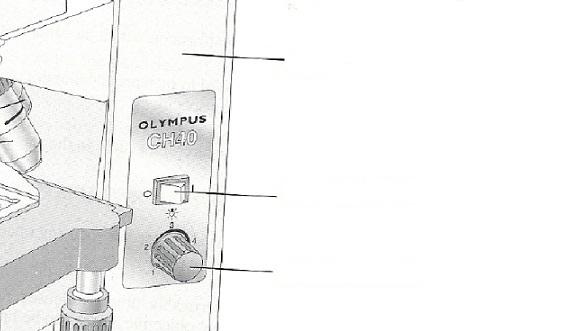
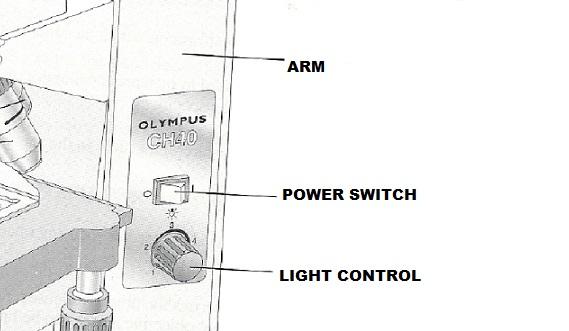
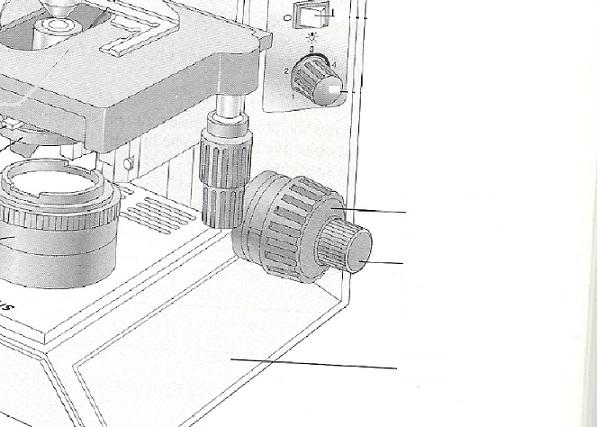
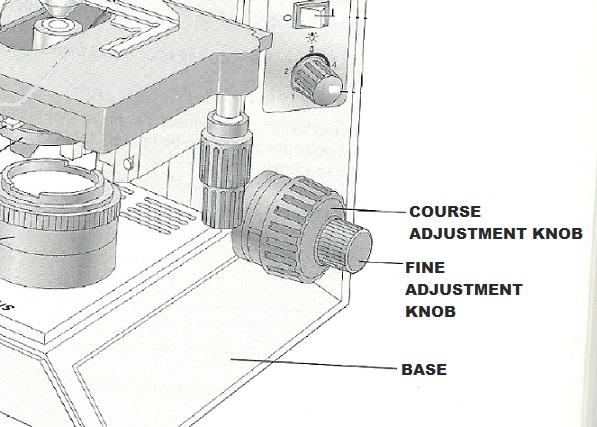
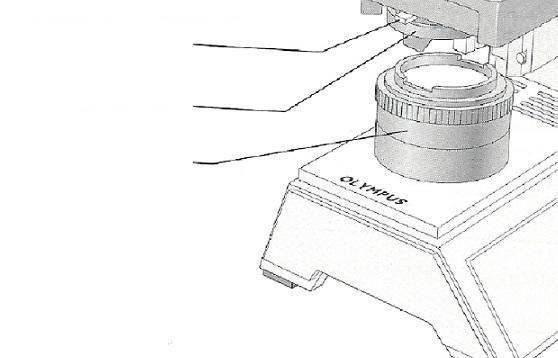
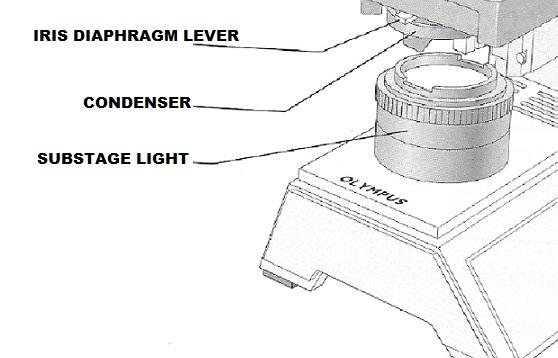
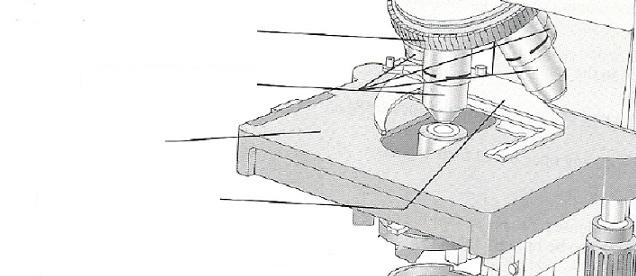
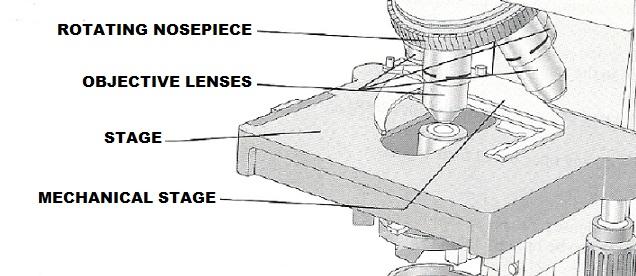
Explain the proper technique for transporting the microscope.
Hold it in an upright position with one hand on its arm and the other supporting its base.
The microscope lens may be cleaned with _______.
grit-free lens paper
The microscope should be stored with the _______ lens in position over the stage.
lowest-power objective
When beginning to focus, use the _______ lens.
lowest-power
When focusing, always focus _______ the specimen.
away from
A coverslip should always be used with _______.
wet mounts
Platform on which the slide rests for viewing
Stage
Used to increase the amount of light passing through the specimen
Iris diaphragm
Secure(s) the slide to the stage
Mechanical stage or spring clips
Delivers a concentrated beam of light to the specimen
Condenser
Used for precise focusing once initial focusing had been done
Fine adjustment knob
Carries the objective lens; rotates so that the different objective lenses can be brought into position over the specimen
Nosepiece
Virtual image
The real image that is magnified by the ocular lens to produce the virtual image seen by your eye.
Resolution
The ability to discriminate two close objects as separate.
The distance from the bottom of the objective lens to the specimen is called the
working distance
Assume there is an object on the left side of the field that you want to bring to the center (that is, toward the apparent right). In what direction would you move your slide?
to the right
The area of the specimen seen when looking through the microscope is the
field
If a microscope has a 10x ocular and the total magnification at a particular time is 950x, the objective lens in use at the time is _______x.
95
Why should the light be dimmed when looking at living (nearly transparent) cells?
increase contrast
If, after focusing in low power, only the fine adjustment need be used to focus the specimen at the higher powers, the microscope is said to be _______.
parfocal
Is, when using a 10x ocular and a 15x objective, the field size is 1.5mm, the approximate field size with a 30x objective is ____ mm.
0.75mm
If the size of the high-power field is 1.2mm, an object occupies approximately third of that field has an estimated diameter of ____ mm.
0.4mm
You have been asked to prepare a slide with the letter k on it. Draw the k as seen in the low-power field.
k (upside down)
5 mm
2.5mm
0.5mm
50x
100x
500x
Say you are observing an object in the low-power field. When you
switch to high power, it is no longer in your field of view.
Why
might this occur?
The field decreases proportionately as magnification increases.
Therefore, unless the object is
centered at low power, it might
be outside the higher-power field
What should be done initially to prevent this from happening?
Center the object that you wish to view.
Increase or decrease as one moves to higher magnifications with the
microscope?
1. Resolution
2. Working distance
3.
Amount of light needed
4. Depth of field
1. increases (to a point)
2. decrease
3. increases
4. decreases
A student has the high-dry lens in position and appears to be intently observing the specimen. The instructor, noting a working distance of about 1 cm, knows the student isn't actually seeing the specimen. How so?
The working distance for the h.p. lens is closer to 1 mm
Describe the proper procedure for preparing a wet mount.
Place the specimen on the slide with a medicine dropper or place a drop of water or saline on the slide. Mix specimen into drop using a toothpick. If staining, add a drop of stain and mix with a toothpick. Hold a coverslip with forceps so that the coverslip touches one side of the specimen drop, and then slowly and carefully lower the angled coverslip onto the specimen.
Indicate the probable cause of the following situations arising
during use of a microscope.
A. Only half of the field is
illuminated
B. Field does not change as mechanical stage is moved
A. The lens is not correctly rotated into place.
B. The slide
is not correctly positioned in the clamp on the mechanical stage and
does not move when the mechanical stage moves.